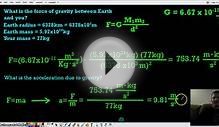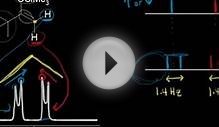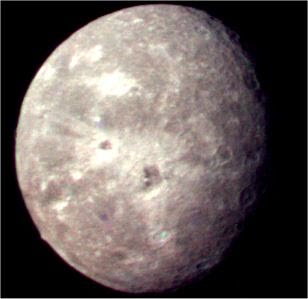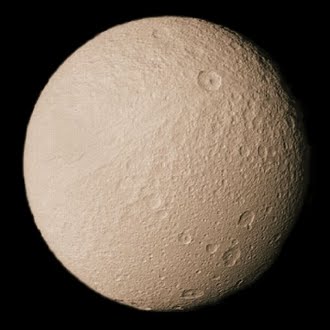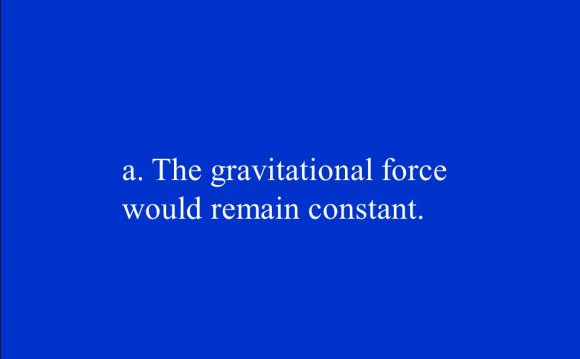
| Bibliographic Entry | Result
(w/surrounding text) |
Standardized
Result |
|---|---|---|
| Hecht Eugene & Frederick J. Bueche. College Physics. USA: McGraw-Hill, 1997. | "On the Moon, the free-fall acceleration is 1.6 m/s2." | 1.6 m/s2 |
| "Moon." World Book Encyclopedia Online Reference Center. World Book, 2004. | "Because the moon has less mass than Earth, the force due to gravity at the lunar surface is only about 1/6 of that on Earth." | |
| "The Moon has only one-sixth of the Earth's gravity." | ||
| Baldwin, Ralph. A Fundamental Survey of the Moon. New York: McGraw-Hill, 1965. | "Acceleration due to gravity at moon's surface
162 cm sec-2 or 5.31 ft sec-2" |
1.62 m/s2 |
| "Gravity on the moon is only 1/6 as much as Earth's." |
Acceleration due to gravity is the acceleration of a freely falling body. Free falling means to drop vertically with no air resistance and an acceleration that doesn't change, or that is constant. The symbol for acceleration due to gravity is the letter g. The acceleration due to gravity, g is directed towards the center of whatever object gravity is draw towards, for example Earth, or any other planet.
An equation can be used to find the gravitational acceleration in different places. This equation is …
is a constant, called the universal gravitational constant, which is equal to 6.67 × 10-11 N·m2/kg2. is the mass of the object in which gravitational acceleration is being found. is the radius of the object. There is a negative sign in front of the equation because objects in free fall always fall downwards toward the center of the object.
The acceleration due to gravity is 1.62 m/s2. This is approximately 1/6 that of the acceleration due to gravity on Earth, 9.81 m/s2.
INTERESTING VIDEO
